7 min to read
Discover the Top 5 Migratory Birds that Visit India Every Year and Why They Are Amazing
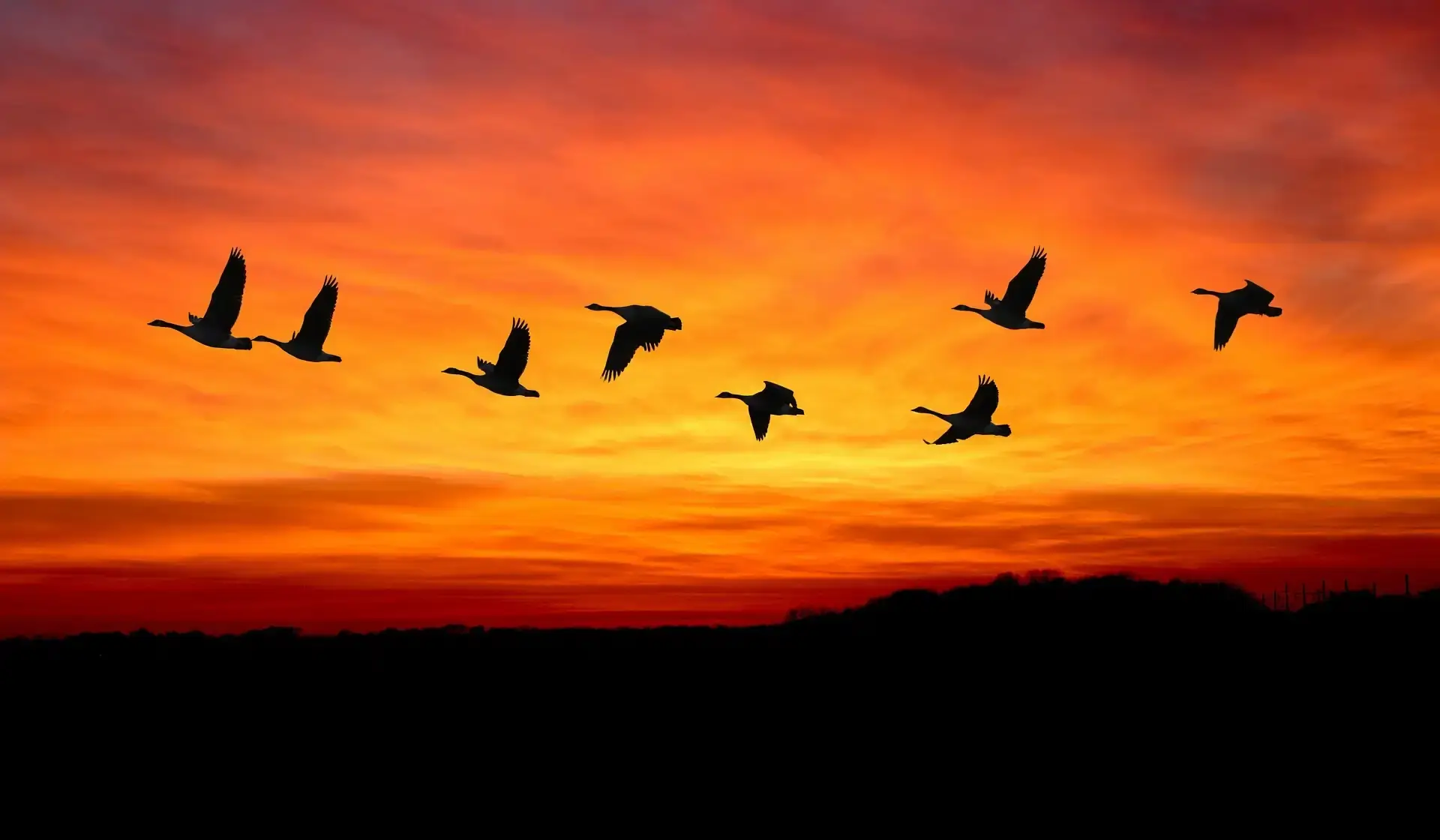
India is a land of diversity, not only in its culture and geography but also in its wildlife. Every year, millions of birds from different parts of the world fly to India to escape the harsh winter and find food and shelter. These migratory birds add beauty and colour to the Indian landscape and also play an important role in the ecosystem.
In this blog post, we will introduce you to five of the most amazing migratory birds that visit India every year, and tell you where and when you can spot them. We will also share some interesting facts and tips about these birds, so that you can learn more about them and appreciate their presence.
 Table of Contents
Table of Contents
 Siberian Crane
Siberian Crane
The Siberian crane is one of the rarest and most endangered birds in the world. It has a striking white plumage, a long neck, and a red patch on its face. It breeds in the wetlands of Siberia, and migrates to India in winter, covering a distance of over 6000 km.
- Scientific name: Grus leucogeranus
- Bird family: Gruidae
- Habitat: Wetlands, marshes, and grasslands
- Location: West Siberia in Russia and India
- When to see: November to March(India)
- Where to see: Keoladeo National Park in Rajasthan
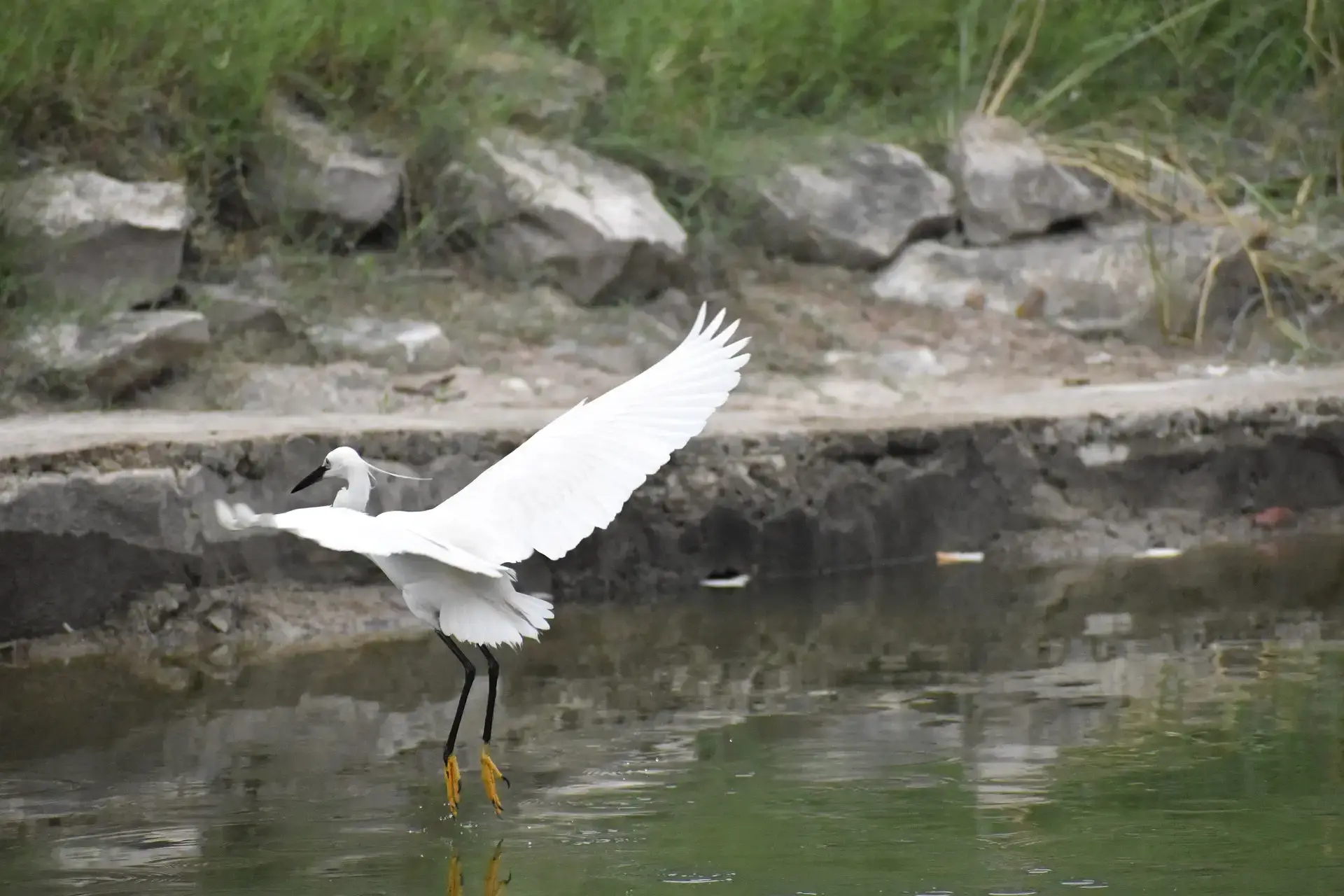
The Siberian crane prefers to stay in shallow marshes and wet grasslands, where it feeds on roots, tubers, and aquatic plants. The best place to see this majestic bird is the Keoladeo National Park in Rajasthan, where it arrives in November and stays till March.
 Did you know?
Did you know?
- The Siberian crane is also known as the snow crane or the white crane.
- The Siberian crane can live up to 80 years in captivity, making it one of the longest-lived birds.
- The Siberian crane has a very low reproductive rate, laying only one or two eggs per year.
- The Siberian crane is revered by many cultures as a symbol of peace, longevity, and fidelity.
 Amur Falcon
Amur Falcon
The Amur falcon is a small raptor that belongs to the falcon family. It has a dark grey upper body, a reddish-brown underbody, and a long tail. It breeds in eastern Russia and northern China, and migrates to India in October, crossing over the Himalayas.
- Scientific name: Falconidae
- Bird family: Falcons and caracaras
- Habitat: Open wooded country with marshes.
- Location: Eastern Siberia region of Russia and Northern China
- When to see: November to March(India)
- Where to see: Nagaland
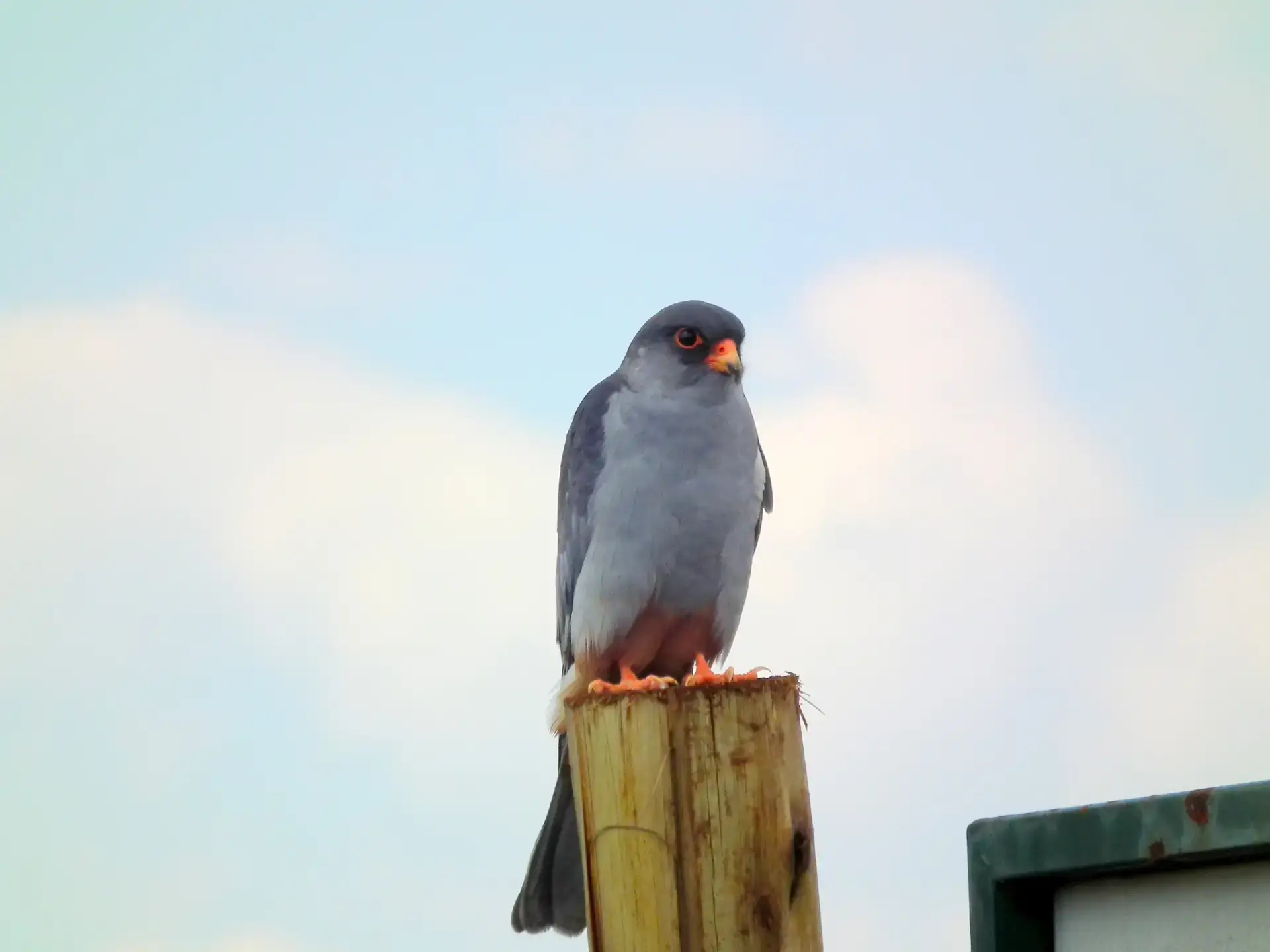
The Amur falcon feeds on insects, small birds, and rodents, and often hunts in large flocks. The best place to see this agile hunter is the Doyang reservoir in Nagaland, where thousands of Amur falcons roost on the trees along the shore.
 Did you know?
Did you know?
- The Amur falcon is also known as the eastern red-footed falcon or the Manchurian falcon.
- The Amur falcon undertakes one of the longest migrations of any bird, travelling up to 22,000 km round-trip every year.
- The Amur falcon can catch its prey in mid-air, using its sharp talons and beak.
- The Amur falcon is admired by many tribes in Nagaland for its courage and strength.
 Greater Flamingo
Greater Flamingo
The flamingo is one of the most iconic and beautiful birds in the world. It has a pink or orange plumage, a long neck, long legs, and a curved bill. It breeds in salt lakes and lagoons in Africa, Europe, and Asia, and migrates to India in winter, where it forms large colonies in coastal wetlands. The flamingo feeds on algae, crustaceans, and mollusks, which give it its distinctive color. The best place to see this elegant bird is the Rann of Kutch in Gujarat, where it arrives in November and stays till April.
- Scientific name: Phoenicopterus roseus
- Bird family: Flamingo
- Habitat: large alkaline or saline lakes
- Location: tropical and subtropical areas
- When to see: November to March(India)
- Where to see: Chillika lake, and Rann of Kutch

 Did you know?
Did you know?
- The flamingo is also known as the greater flamingo or the roseate flamingo.
- The flamingo can stand on one leg for hours, which helps it conserve body heat.
- The flamingo can filter up to 20 liters of water per minute with its specialized bill.
- The flamingo is considered sacred by many communities in India for its beauty and grace.
 Bar-headed Goose
Bar-headed Goose
- Scientific name: Anser indicus
- Location: high-altitude lakes of Mongolia, Russia, China, Kazakhstan
- When to see: November to March(India)
- Where to see: Ladakh, Mongolia and the Tibetan Plateau
The bar-headed goose is a medium-sized goose that has a white head with two black stripes across it. It breeds in the high-altitude lakes of Central Asia, and migrates to India in winter, flying over the Himalayas at an altitude of over 8000 m. The bar-headed goose prefers to stay in freshwater lakes, rivers, and marshes, where it feeds on grasses, grains, and aquatic plants. The best place to see this remarkable bird is the Pong Dam reservoir in Himachal Pradesh, where it arrives in October and stays till March.
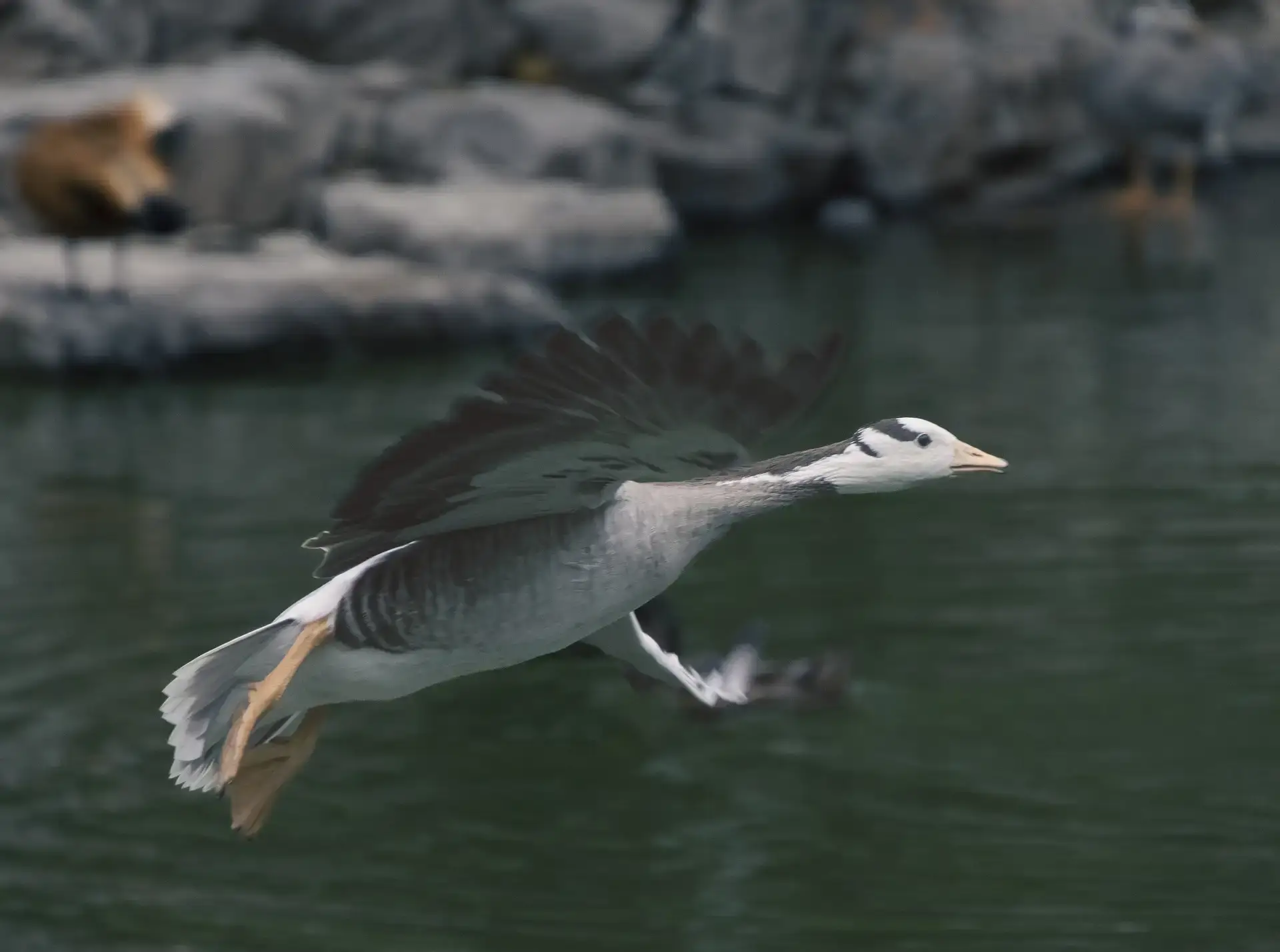
 Did you know?
Did you know?
- The bar-headed goose is also known as the Indian goose or the Anser indicus.
- The bar-headed goose can fly faster than any other bird, reaching speeds of up to 100 km/h.
- The bar-headed goose can breathe more efficiently than most other birds, thanks to its enlarged lungs and blood vessels.
- The bar-headed goose is respected by many Buddhists as a symbol of wisdom and compassion.
 Black-necked Crane
Black-necked Crane
The black-necked crane is a large crane that has a black head and neck, a grey body, and a red crown. It breeds in the alpine wetlands of Tibet and China, and migrates to India in winter, where it spends most of its time in fields and meadows near water sources. The black-necked crane feeds on roots, tubers, insects, worms, and small animals. The best place to see this graceful bird is the Sangti valley in Arunachal Pradesh, where it arrives in November and stays till February.
- Scientific name: Grus nigricollis
- Bird family: Gruidae
- Location: Tibet, China India
- When to see: November to March(India)
- Where to see: Arunachal Pradesh
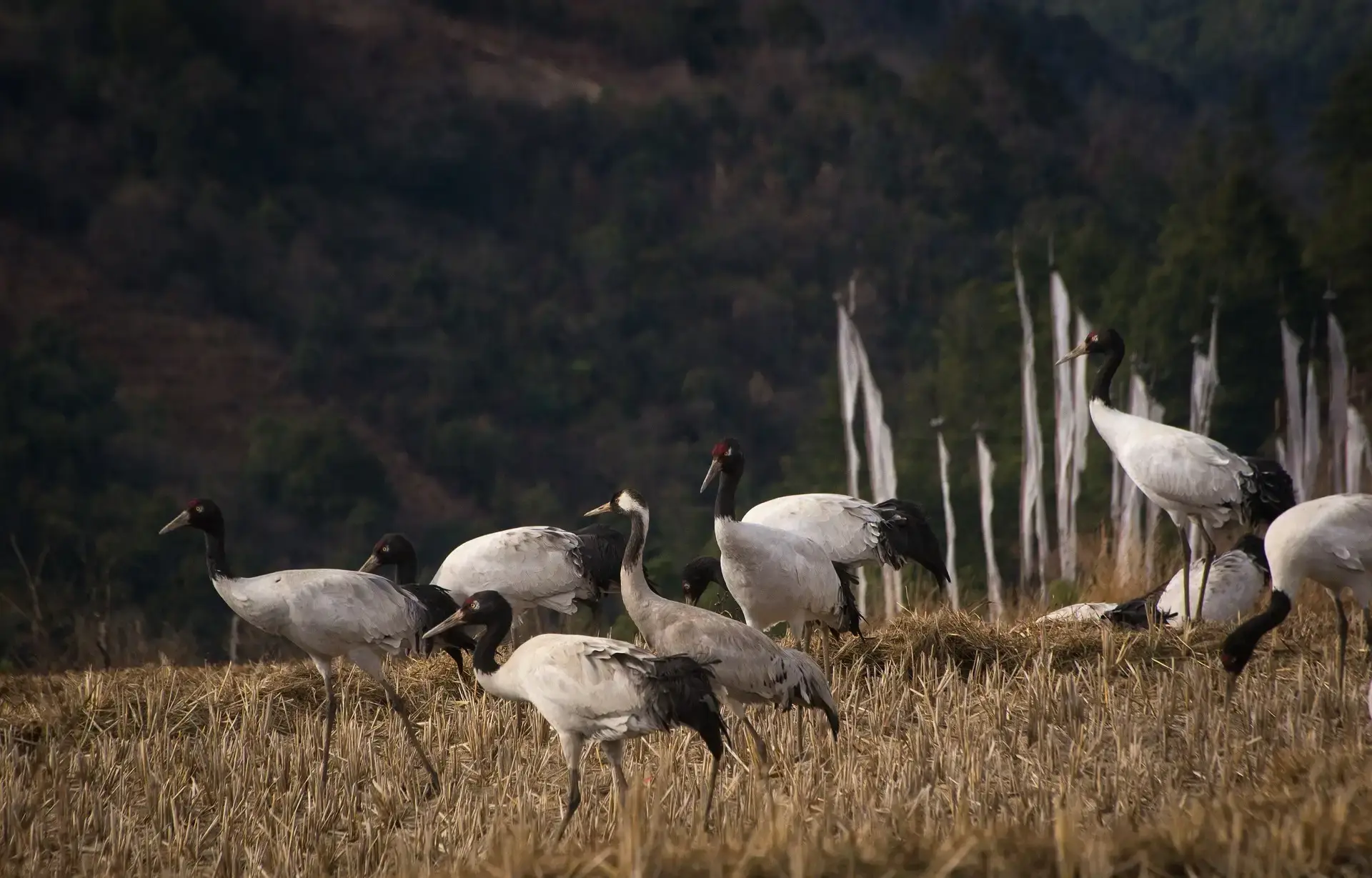
 Did you know?
Did you know?
- The black-necked crane is also known as the Tibetan crane or the Grus nigricollis.
- The black-necked crane is the only crane that can live in high-altitude regions, up to 5000 m above sea level.
- The black-necked crane performs elaborate courtship dances with its mate, involving bowing, jumping, and calling.
- The black-necked crane is revered by many Tibetans as a messenger of the gods and a bringer of good fortune.
These are just some of the amazing migratory birds that visit India every year. There are many more species that you can discover if you are an avid birdwatcher or a nature lover.
So grab your binoculars and camera, and head out to these places to witness the spectacle of nature’s winged wonders. And don’t forget to share your experiences and photos with us in the comments section below!


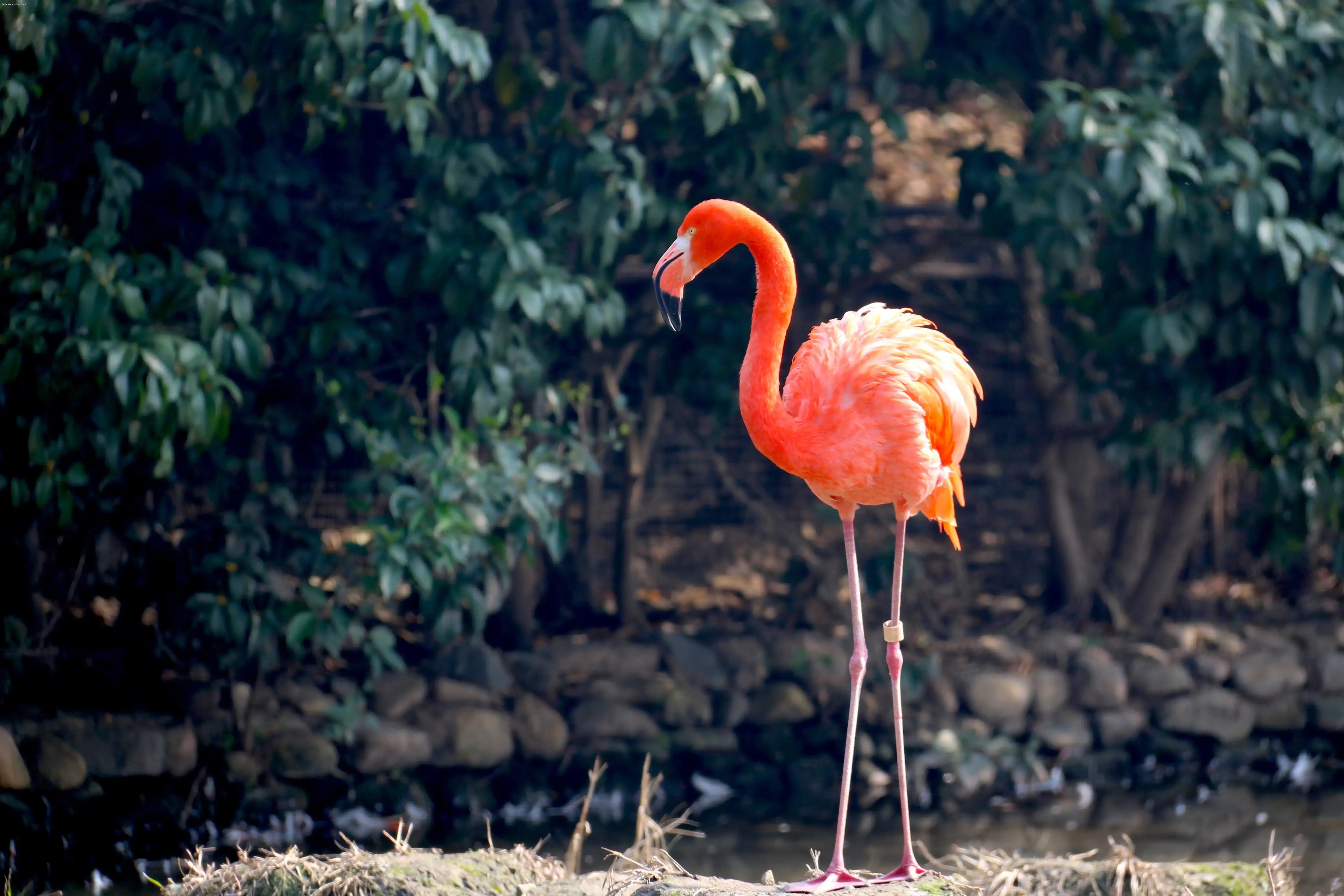

Comments